Sensors
- 0D point: a photodiode
- 1D line: desktop scanner, aerial scans, CT imaging. Must scan to get 2D image.
- 2D array: camera (CCD array)
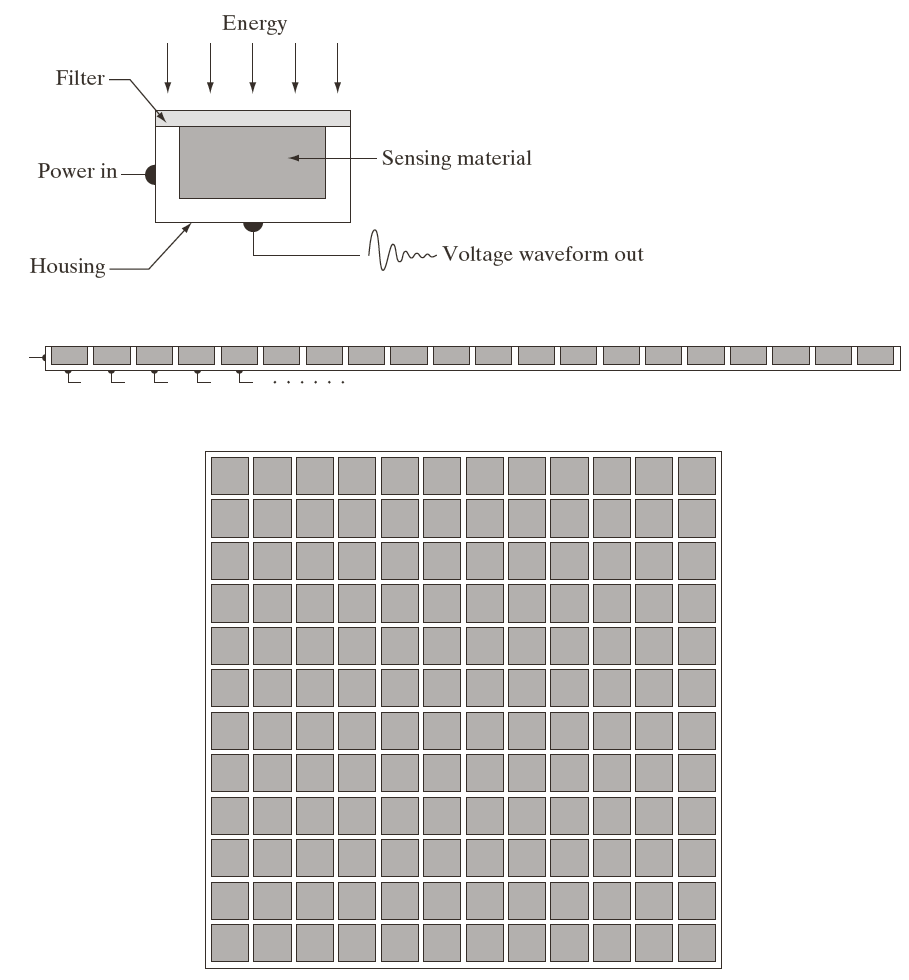
[Gonzales & Woods figures 2.12, 2.13, 2.14]
A photodiode can have its voltage provided from the front or behind. Behind is more efficient, but somewhat more expensive to build.
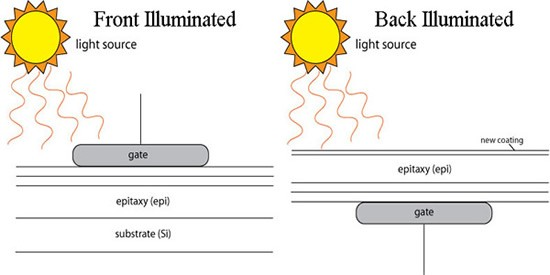
[www.specinst.com/What_Is_A_CCD.html]
A positive voltage at the gate attracts the electrons that are freed, through the photoelectric effect, when a photon strikes the epitaxial layer (Si + other stuff).
The charge in one photodiode is shifted along a row into a charge amplifier, which outputs a sequence of voltages.
Colour capture uses multiple sensors per pixel. Light is filtered or prismatically refracted.
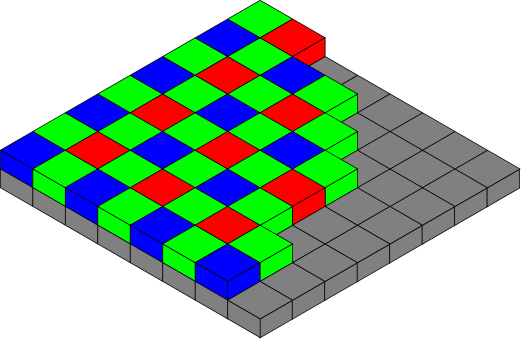
[Wikipedia]
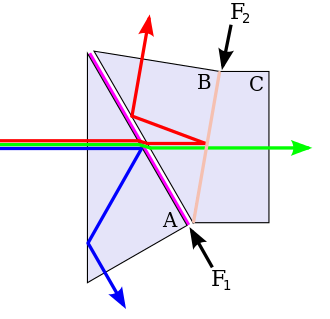
[Wikipedia]
Sensor Noise
Sensor noise comes from
- Lack of quantum efficiency
- Thermally generated current
- Charge shifting
- A/D conversion
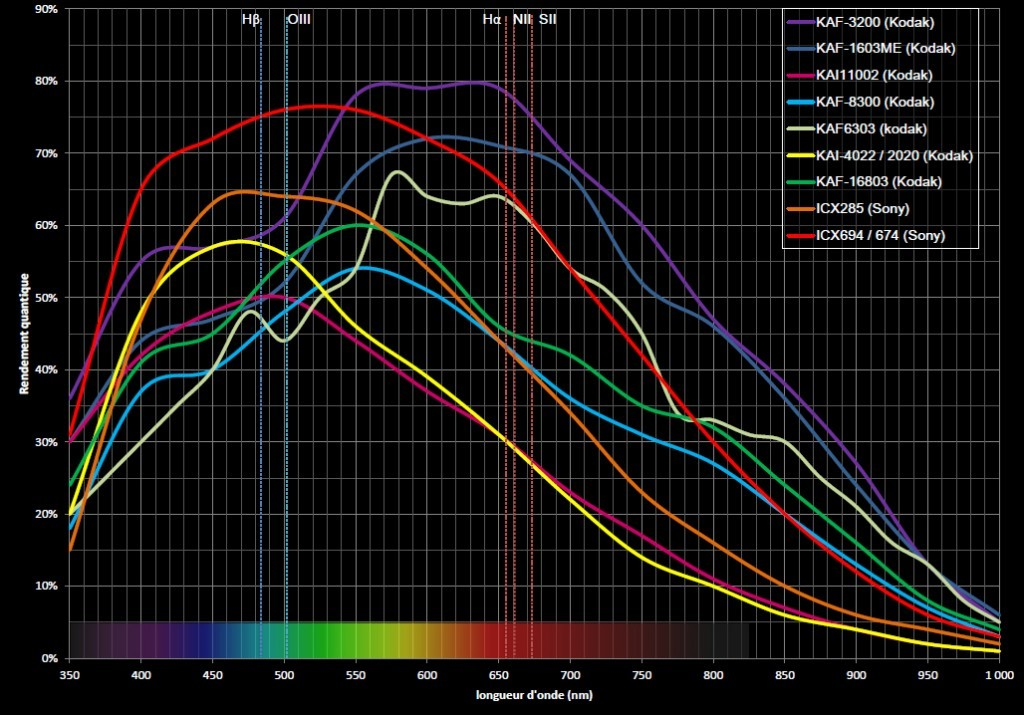
Quantum efficiency of various CCDs
[Philippe Bernhard]
Noise is often modelled as "additive Guassian noise":
sensed value = true value + noise
noise is random, but follows a zero-mean Gaussian probability with some standard deviation:

[Wikipedia]
"Blooming" is the overflow of electrons from a saturated well to an adjacent well.
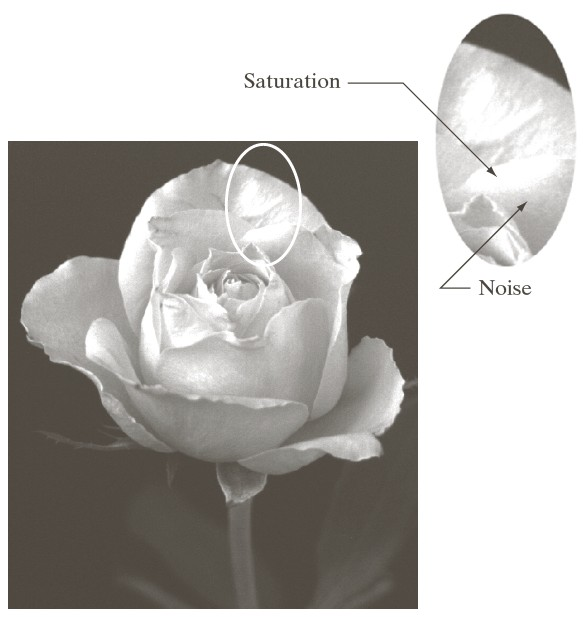
[Gonzales and Woods figure 2.19]